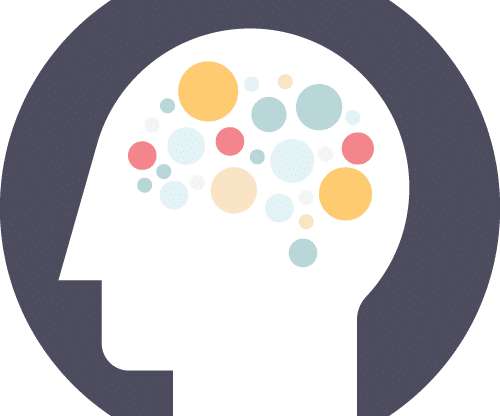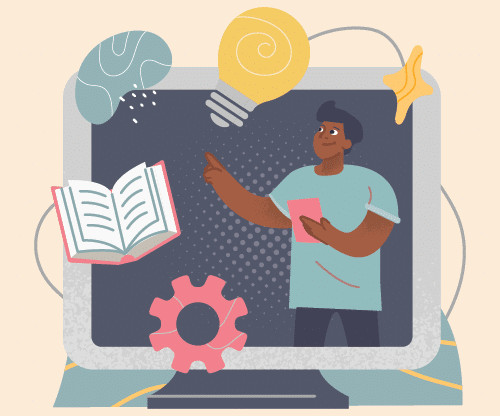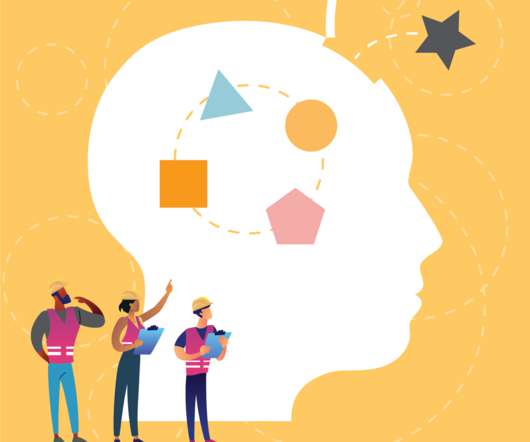4 Ways to Boost Attention Intelligence (AQ) in the Workplace
KnowledgeCity
JANUARY 22, 2019
The aggressive rise of technologies constantly demanding our attention and focus is changing the way we interact and relate. Consequently, attention quotient (AQ) is becoming just as important as IQ and EQ in determining professional and organizational success. AQ represents our ability to pay and sustain attention.





















Let's personalize your content